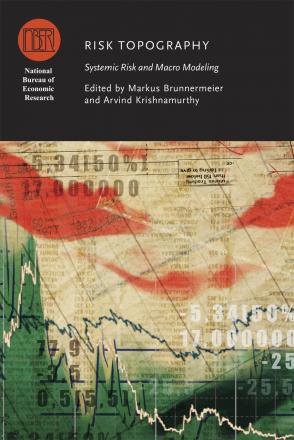Front matter, table of contents, acknowledgments

In the fall of 2010 and the spring of 2011, the NBER held two conferences that brought together leading academic researchers, central bankers, and other financial market experts to discuss ideas on measurement and macroeconomic modelling . This book contains a selection of the papers that were presented at the conferences. Existing measurement systems focus on measuring flows and stock variables. However, simply focusing on flow or stock variables is insufficient, especially in a world of derivatives that may divorce initial risk exposures and cash flows. Thus a theme that runs through the measurement scenarios analyzed in this book is the importance of measuring risks to form a comprehensive "risk topography" of the economy. A large part of macro risk is endogenously generated by the system. Systemic crises are the result of a negative shock, or trigger, affecting a fragile or vulnerable economy. While the triggers vary from crisis to crisis, the underlying vulnerabilities have much more commonality across crises. This book informs us about vulnerabilities as opposed to triggers and outlines the issues that might be addressed by a new measurement system that captures the linkage between finance and the macroeconomy. Many of the chapters explain how a given measurement can be used to further understand systemic risk and thus illustrate the potential of using measurement to inform models.
-
Copy CitationMarkus Brunnermeier and Arvind Krishnamurthy, Risk Topography: Systemic Risk and Macro Modeling (University of Chicago Press, 2011), https://www.nber.org/books-and-chapters/risk-topography-systemic-risk-and-macro-modeling/front-matter-table-contents-acknowledgments.Download Citation


